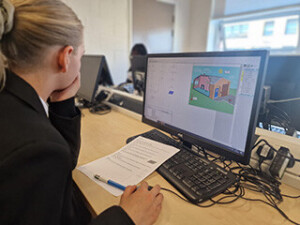Computing

CURRICULUM ETHOS
The Computing and ICT curriculum at Eastbrook School aims to equip students with the digital literacy, problem-solving, and computational thinking skills needed to thrive in an increasingly digital world.
Our ethos is built around Character and Academics, ensuring every learner becomes a confident, creative, and responsible user of technology. The curriculum encourages analytical thinking, innovation, and resilience through practical programming, digital media production, and project-based learning. We nurture curiosity and prepare students for future study or careers in computing, IT, and the wider digital sector while promoting the safe, ethical, and respectful use of technology.
The Computing Curriculum in Summary
At Key Stage 3, students follow a spiral curriculum across three strands — Computer Science, Information Technology, and Digital Literacy — developing progressively from block-based programming in Scratch to Python, web design, app development, and database systems.
At Key Stage 4, learners can specialise through OCR GCSE Computer Science or the WJEC Level 1/2 Vocational Award in ICT, gaining both theoretical understanding and applied digital skills in data, cybersecurity, and practical systems development.
At Key Stage 5, students deepen this knowledge through OCR Cambridge Technical IT and Data Analytics qualifications, with pathways into A Level Computer Science and vocational IT. Each stage builds on prior knowledge and ensures readiness for higher education, apprenticeships, or digital careers.
An All-Through Curriculum
Our curriculum builds directly on the computing foundations established in Eastbrook Primary. At KS2, pupils explore algorithms, basic coding, and online safety. The secondary curriculum extends this by introducing abstraction, decomposition, programming logic, and real-world data systems.
There is clear progression from primary use of Scratch to text-based programming in Python, from simple online safety lessons to full exploration of cybersecurity, privacy, and digital ethics. Through collaboration with Eastbrook Primary’s computing lead, our KS3 curriculum ensures continuity and greater challenge, providing a seamless transition from primary to secondary learning.
Diversity and Inclusion in the Computing Curriculum
Computing and ICT lessons celebrate diversity through inclusive examples, global case studies, and accessible project choices. Students explore the contributions of diverse figures in technology such as Katherine Johnson, Mark Dean, and Timnit Gebru, alongside examining cultural perspectives on digital ethics, AI bias, and accessibility design. Inclusive classroom practice ensures all learners — including those with SEND and EAL — can engage through adapted resources, scaffolded tasks, and mixed-ability grouping. Our digital media and app development projects encourage representation, allowing students to design content that reflects their communities and cultures.
Cultural Capital and Enrichment in the Computing Curriculum
Cultural capital is developed through experiences that extend learning beyond the classroom using the knowledge organisers. Students engage in coding and robotics clubs, enterprise app lessons, and digital career events that link to real industry pathways. The curriculum emphasises digital ethics, online citizenship, and global connectivity, enabling students to appreciate the social impact of technology. These opportunities inspire ambition and connect computing learning with the wider world.
Literacy and Oracy in the Computing Curriculum
Literacy and oracy are integral to Computing at Eastbrook. Technical vocabulary is explicitly taught, reinforced through retrieval activities, Connect Tasks, and assessment rubrics. Students are encouraged to explain algorithms, narrate programming logic, and present design proposals verbally and in writing, strengthening both computational fluency and communication skills. Extended responses and structured report writing in ICT build literacy for coursework and examinations, while peer discussions, paired programming, and presentation of digital projects promote confident, articulate learners who can express complex technical ideas clearly.

